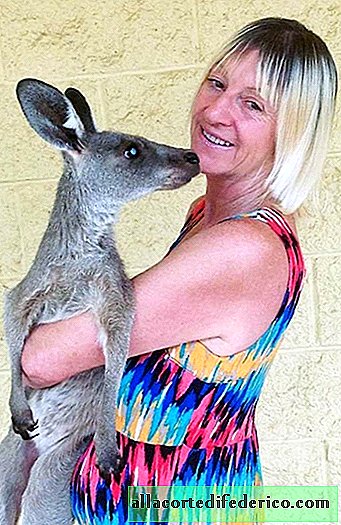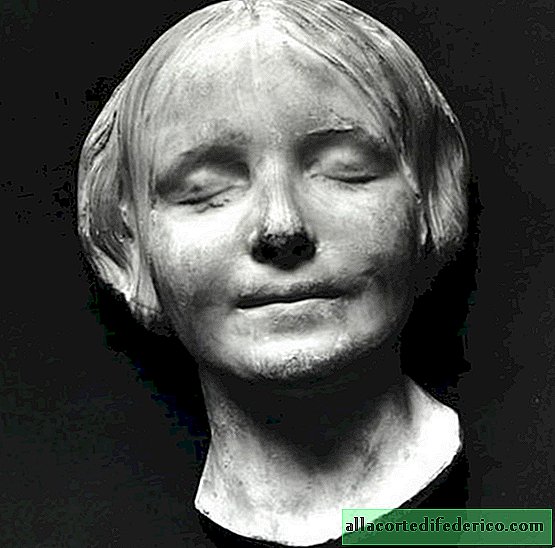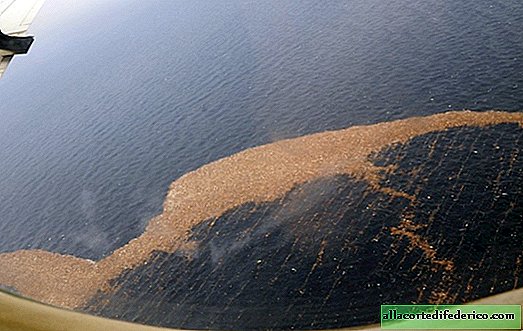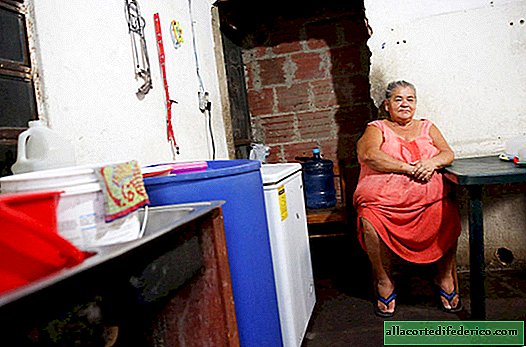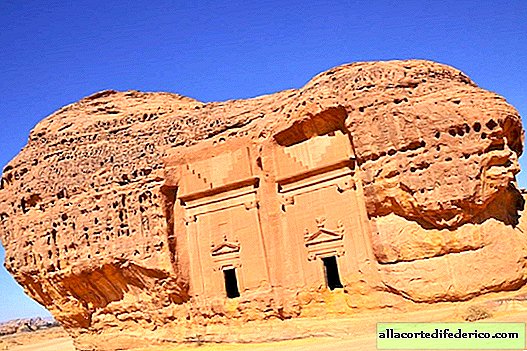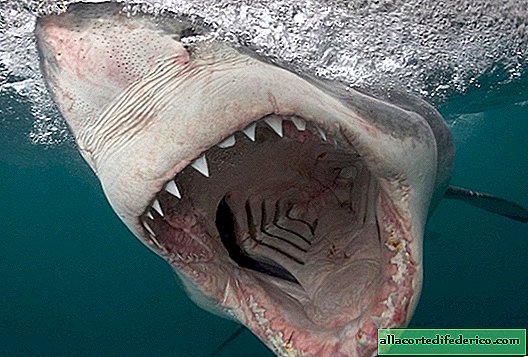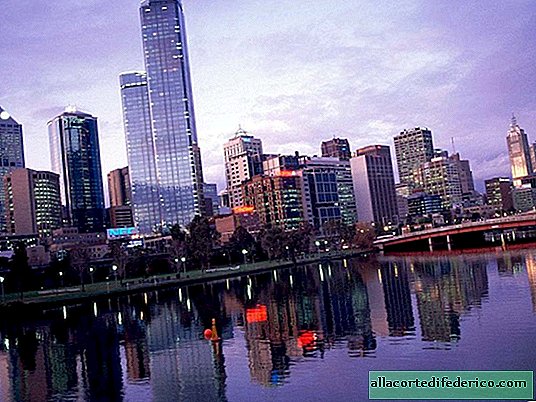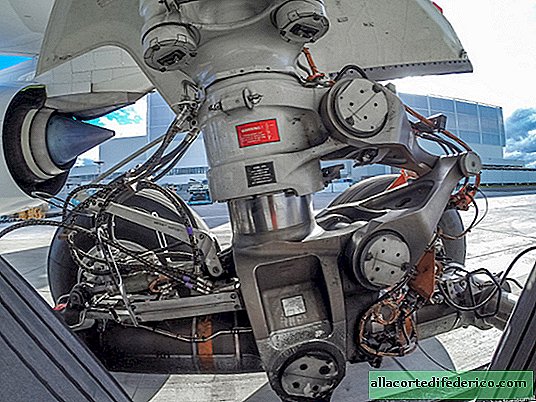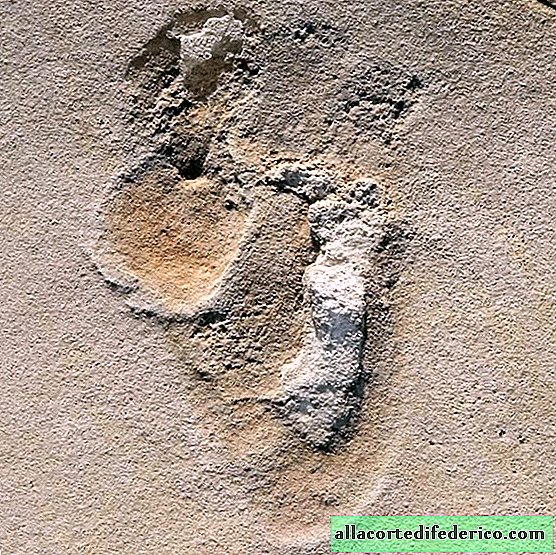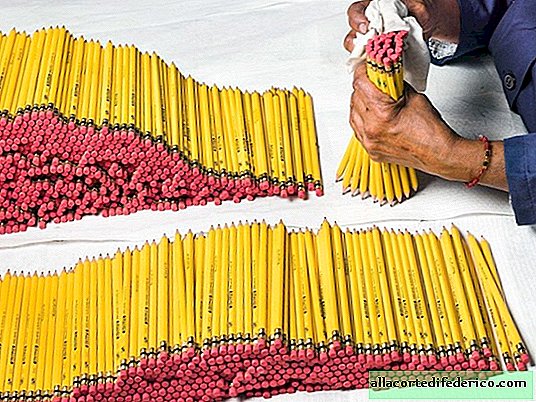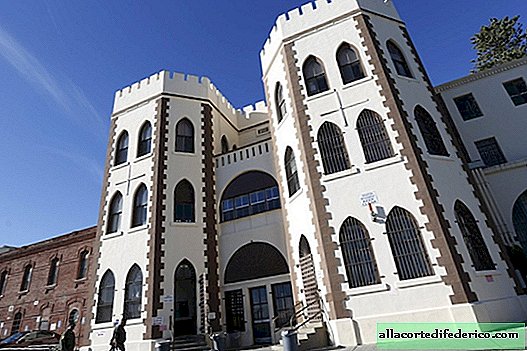Denisova cave in Altai: so much has already been found here, but much is still to come
This unique cave, located in the foothills of Altai, has allowed scientists to shed light on some of the mysteries of human evolution and has become a place for discovering impressive finds. But the work on its study does not stop, leading foreign researchers in the field of anthropology regularly come here, and, most likely, it will tell the world a lot of interesting things.
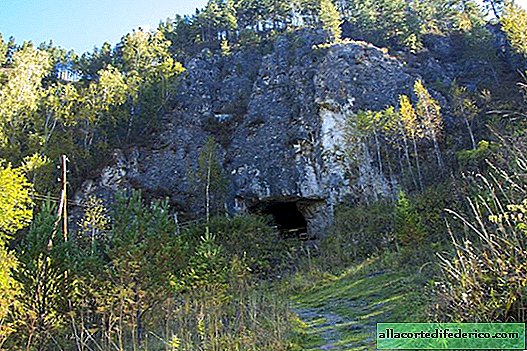
Denisova Cave is located in the Soloneshensky district of the Altai Territory, in the valley of the Anuy River. The length of this cave is 110 meters, and its area is about 270 square meters. m. The entrance to the cave is located on the slope of Mount Sosnovaya at an altitude of 28 meters above the level of the Anuy River.

Although mention of the Denisova Cave is found in the records of travelers of the XIX century, full-fledged archaeological excavations here were only begun in 1982. And for 36 years, interesting things have been regularly extracted from the bowels of this cave, and the cave itself has given the name to one of the ancient ancestors of people - Denisov's man. The cave turned out to be so rich in valuable finds that a stationary archaeological camp was organized here, where employees of the Institute of Archeology of the Siberian Branch of the Russian Academy of Sciences, as well as their Russian and foreign colleagues, work.

Of greatest interest to archaeologists is the cave grotto, which is located near the entrance. More than 20 layers were discovered here that contain information about several geological eras. The oldest layers, according to researchers, are 300-350 thousand years old, and the youngest are dated to the Afanasyev culture, that is, IV-II millennium BC.

In the deposits of the Pleistocene era, the remains of 117 animal species were found, including woolly rhinoceros, cave bear and bison. Excavations of another layer showed that in past epochs of warming in this part of Altai, the composition of the flora was not the same as now. Broad-leaved tree species such as oak and hornbeam grew here, and even northern species of bamboo were found.

But, of course, the main finds of Denisova Cave are connected with the ancient ancestors of people who lived here. 8 bone fragments were found here, 5 of which are attributed to Denisovans, and 3 to Neanderthals. Ceramics parts, bone needles, products from mollusk shells and mammoth tusks, a marble ring and an elaborate bracelet made of semiprecious stone of chloritolite were also found here. Denisova Cave, along with Chagyrskaya and Okladnikova Cave, also located in Altai, is considered today the most eastern border of the distribution of Neanderthal man.

Denisova Cave is not only a venue for archaeological excavations, but also a popular tourist attraction, a visit to which is included in many routes along the Altai.

